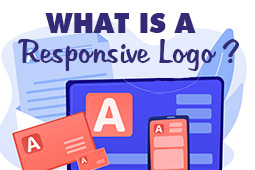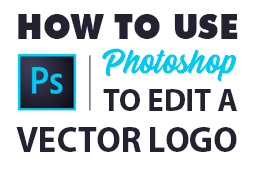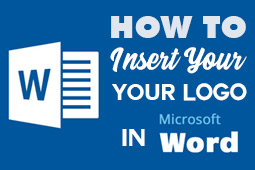Custom t-shirts displaying your amazing company logo is one great and effective way to bring brand awareness to the next level. We’ve created a guide to outline and whys and how-tos in order to get you started on your t-shirt printing adventure.
Custom t-shirt branding

There are very few occasions where people are not able to wear their favorite comfortable t-shirts. T-shirts are a staple of our everyday wardrobe. Why not use this everyday staple to bring awareness and easy promotion to your company? Through custom t-shirt branding, you’re able to build a customer base through this distinct exposure. Whether it just be a customer walking around, making special shirts for a networking event, or make your own merch, these will all bring interest and additional income your way.
Events
Once conventions and other networking events are happening again, having custom t-shirts available for current and future clients is a great way to build lasting relationships and have them walk away with souvenirs. Depending on your level of commitment, new t-shirt designs could be available for each year’s event, making your custom shirts collectible and improved with each event.
Team building
What’s a better way to show solidarity and teamwork than through matching, custom t-shirts sporting your brand’s logo?
Merchandise
Plan to make a super aesthetic logo? Why not throw it on a t-shirt to add onto your existing products and services?
Where to begin when printing custom T-shirts?
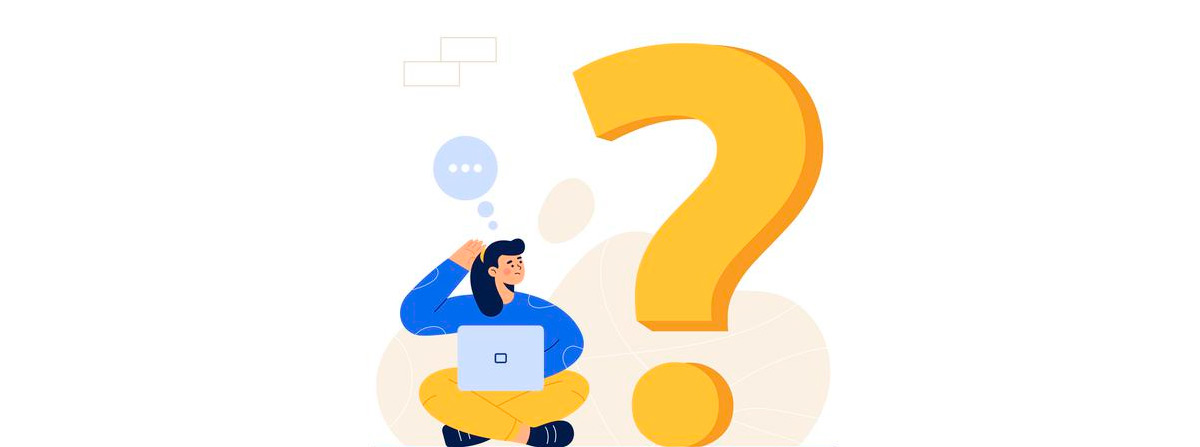
Finalize your t-shirt design by asking what, who and why?
It’s important to choose a style which fits and compliments your current branding. Consider your company’s key themes, styles and persona. If it’s helpful for you to write out a list or brainstorm these aspects, then take the time to do that. Do you consider your company to have a more serious or playful persona? Are your aesthetics more edgy and provocative or conservative? Are the products or services you offer on the more luxe side, or focused on affordability?
Next, consider your clientele. Who is your brand for exactly? What does your market look like? What kind of t-shirts would this demographic wear?
Lastly, it’s important to know why you’re designing t-shirts. Do you have an upcoming event? Are you wanting to add more product to your roster? Whatever the reason, it’s important to think this through.
Design aspects
Now that you’ve tackled the bigger ideas and questions behind your motivation, it’s time to make choices in regards to color, detail and material. The more colors you choose within your t-shirt design, even within the logo included, the more expensive your custom shirts will be to produce. This also goes for detail, whether it be for an illustration, or slogan. For typography, it’s best to keep readability at the top of your priority so anyone looking at the shirt will read your company name.
Material-wise, there are many options. Tri-blend t-shirts, which are a combination of polyester, cotton and rayon, are comfortable, durable and flattering for many body types. Polyblends, which are a blend of cotton and polyester, are similarly durable and easy to care for. For a more eco-conscious choice, 100% cotton t-shirts are the way to go in comparison with the production process of synthetic fabrics. Is it important for you to create unisex or gendered shirts? Are you considering customizing the neckline or altering the sleeve length? How about including designs on t-shirt pockets?
Formatting your logo for t-shirts
We recently shared an article on vector formats, which are ideal for logo formatting when it comes to custom t-shirt designs. This means files like AI, PDF, or EPS are good to go when sending your design for the printer. For logo size and placement of your design, it’s suggested to use an 18” x 18” canvas to physically place your designs on a shirt. Avoid printing on the stomach of the shirt, as well as large graphics, because this could be unflattering on certain bodies when you want your design to fit everyone.
The T-shirt printing process
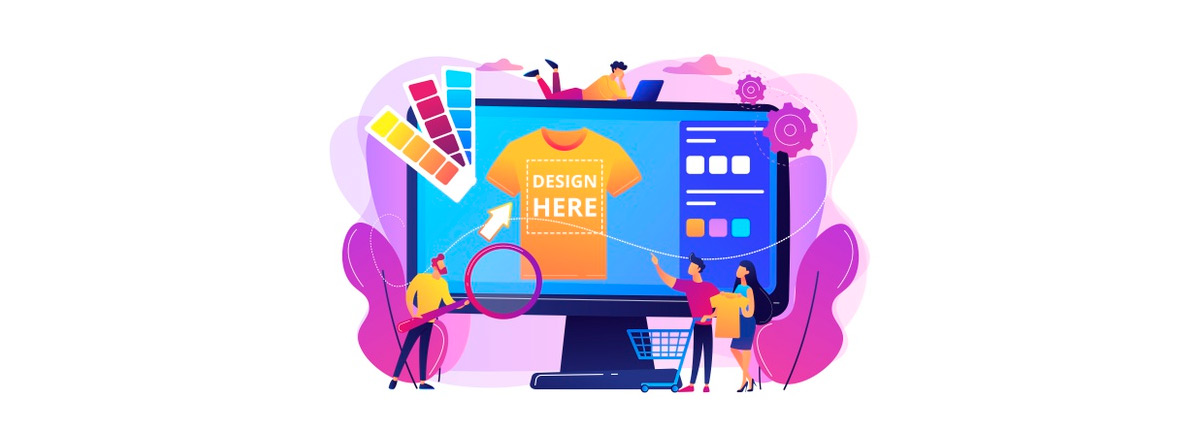
Once you’re solid on the t-shirt logo design, it’s time to prepare for printing. Consider the quantity you’d like to order. It’s best to order less of small sizes, which includes extra-smalls. Going along with that, sizes above extra-large should be limited as well, though it’s important to include each of these in every order to have those accessible for clients. Typically, ordering a large quantity of t-shirts will reduce the cost per item. If you’re able to do just that and feel confident this t-shirt design will stay relevant for your company branding for a while, perhaps it’s a good idea to do so.
Your timeline and budget for printing will affect your decision on which printing method to go with. Some are more quick to produce than others, and the range for printing varies.
Screenprinting
Plastisol is the standard ink used in screen-printing, where ink is pushed through a mesh stencil in layers. This creates your custom design. The printed ink dries thicker than ink that’s digitally applied, making your design really stand out especially against dark fabrics.
Pros: reliability, affordability, ideal for large orders over 20
Cons: costly with new color or design revisions
Vinyl graphics
Vinyl graphics is a form of heated transfer, where the process is similar to vinyl sign making. Vector graphics are crucial here, where reverse or mirror versions of the designs are sent to a vinyl cutter and applied directly on the garment, finalizing the design using a heat press.
Pros: durable, textural, visually stands out
Cons: Complicated designs are expensive, not ideal for large orders
Direct-to-garment / print on demand
This newer option for t-shirt printing uses inkjet printers, where your design is applied directly to the fabric instead of using a go-between paper transfer. This option offers the most detail, the most color options and consequently is the most customizable.
Pros: Highly custom, lots of detail, extensive colors
Cons: Best for smaller orders or samples, not great for darker fabrics
Hiring a printer to print your custom T-shirts

1. Before hiring a printer, there are a few ways to find out if you’d like to work together.
2. Request samples of finished shirts, not only of their custom logo design work.
3. Make sure your printer offers pre-press proofs if you’re planning to make a larger order.
4. Find out if there are any hidden charges. This goes particularly with screens, films or Pantone color matching. It’s important to understand all charges, to be completely up front, before you make the payment.
Printing costs for custom T-shirts
Generally, a single t-shirt usually costs between $15 to $30. Printing in bulk can bring the cost per shirt down to $5-$10. Like we mentioned before, prices vary depending on the printing technique you choose, as well as the quality and quantity of the actual t-shirts you print on, the level of detail within your design.
Why, who, how and when?
So, just to wrap it all up: begin with big questions. Ask why are you creating a t-shirt design, who is it for, and how would you like it done? Take those important answers, which will lead you into finalizing your actual t-shirt logo design. Finally, take care of the logistics. Prepare your files for print, find the process and/or printer who meets your needs. From there, you’ll have your custom t-shirts ready for whatever your business is ready for next.
Logogenie’s high-resolution logo package
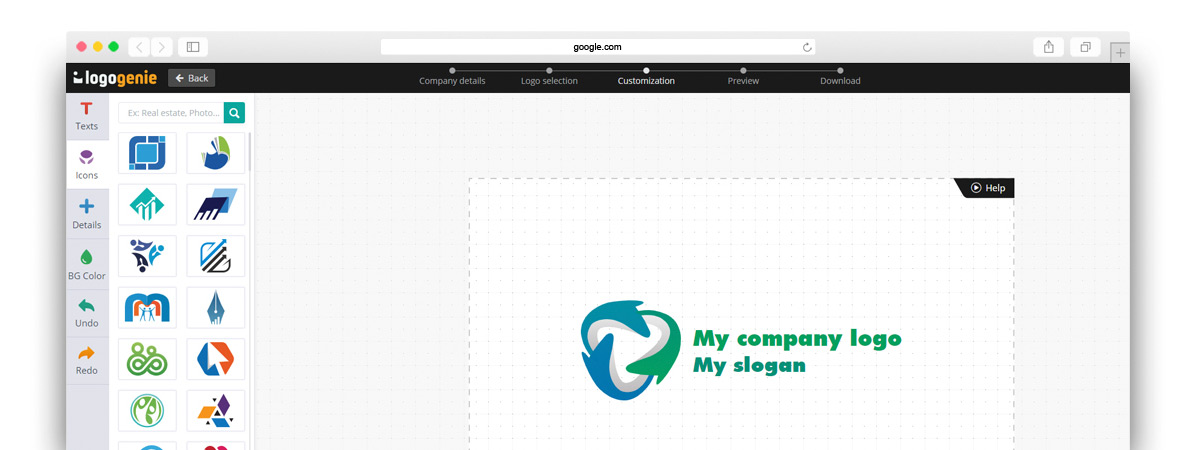
Within Logogenie’s free and premium software, users have access to a wide range of effective tools that will help you create logo designs. We have outlined how to use these features here.
Once you’ve finalized your design, you can download vector files of your logo design in one single package. This includes multiple high resolution files formatted for both print and web, including JPG, PNG, PDF, and SVG files. This makes moving forward with your design incredibly easy, whether you continue to work on the design with another designer or collaborator, share it with your audience, or send it off to a print shop for promotional material. The file will be ready to go!


